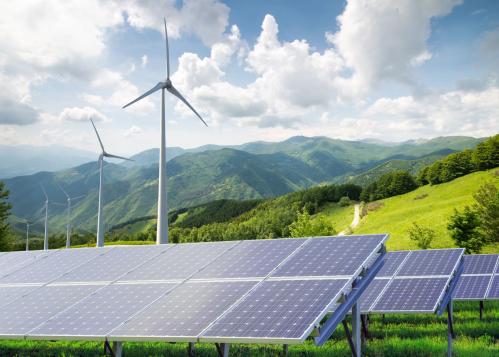The energy section of President Bush’s 2007 State of the Union address contains one significant proposal: the mandate for 35 billion gallons of ethanol use by 2017. This is a stretch goal that will require substantial investment in cellulosic ethanol. It reflects the almost-universal support for ethanol in American politics today.
- A key question is whether liquefied coal would be considered an “alternative fuel” for purposes of this standard. White House facts sheets imply but do not state this. If so, the new fuel standard would have the potential to make the global warming problem significantly worse. Liquefied coal produces more heat-trapping gases than petroleum.
- The White House fact sheets refer to a “safety valve” giving Cabinet officials authority to modify the mandate. This “safety valve” would significantly reduce the impact of the mandate. Mandates considered subject to negotiation often lose impact. Affected businesses invest resources lobbying to change such mandates, instead of meeting them.
None of the speech’s other energy proposals seem likely to make a significant difference.
- The call to cut gasoline consumption 20% in 10 years, which will win some headlines, will be forgotten along with many prior goals for U.S. energy usage announced over the past three decades. The President does not appear to be proposing that this goal be set forth in binding law or regulation.
- The CAFE plan does not appear to be a significant change from the previous White House position. The fact sheets state that standards will be set in a “flexible” rulemaking and not be increased by a set amount each year, contrary to several Congressional proposals. The plan specifically rejects numeric standards set by Congress.
- The doubling in size of the Strategic Petroleum Reserve by 2027 provides a modest additional cushion in the event of natural disaster or national security catastrophe. Whether the White House is proposing changes in policy for releasing oil from the SPR is unclear.
- The President’s continued call for drilling in the Arctic National Wildlife Refuge — rejected in the last Congress — underscores the importance he attaches to responding to parts of his political base. It does not signal a strong interest in bipartisan cooperation.
Missing from the speech are:
- Any support for binding limits on heat-trapping gases. In the past week, top business and evangelical leaders have called for such limits. White House advisers had sent conflicting signals prior to the speech about possible changes in position on this topic.
- Any proposals concerning heat-trapping emissions from power plants — the single largest source of global warming gases.
- Surprisingly, any proposals concerning plug-in hybrid vehicles, a promising technology that could quickly have an impact on U.S. oil dependence. The President has embraced this technology in the past and mentioned it in his speech, saying we must “press on with battery research for plug-in and hybrid vehicles.”
The energy portion of the speech contains a mistake sure to cause confusion. The speech says: “Let us. . . reduce gasoline usage in the United States by 20 percent in the next ten years — thereby cutting our total imports by the equivalent of three-quarters of all the oil we now import from the Middle East.”
- The U.S. currently uses just over 9 million barrels per day of gasoline — a 20% cut would be roughly 1.8 million barrels. It imports approximately 2.5 million barrels per day of oil from the Middle East — three-quarters of that amount would also be roughly 1.8 million barrels.
- But there is no reason to believe cutting gasoline usage will lead, barrel-for-barrel, to cuts in imports. Indeed there is every reason to believe this will not be the case. Oil is traded on a global market and, without import quotas or other trade restrictions, cuts in total gasoline consumption will not necessarily lead to similar cuts in imports.



Commentary
Op-edStatement on President Bush’s Energy Proposal
January 24, 2007